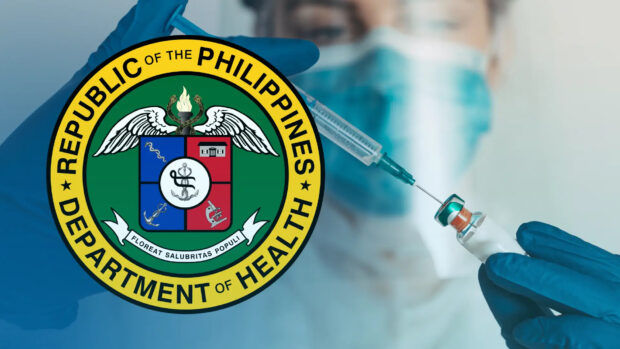The Department of Health (DOH) wants to shift to a single dose from its usual two-dose vaccine in its inoculation campaign against the cancer-causing human papillomavirus (HPV) to make implementation more efficient and raise uptake rates.
The plan, however, must first be approved by the Health Technology Assessment Council (HTAC) which has been reviewing it since last year, said Jan Llevado, chief of the DOH cancer control and mental health division, on Thursday.
The HTAC, currently in transition to transfer its operations to the Department of Science and Technology, is an independent body tasked to study whether certain medical technologies and interventions are cost-effective for the government to procure.
“It is more feasible to implement a one-dose [regimen] versus a two dose since you don’t have to recall the client,” Llevado said on the sidelines at the launching of the Zero Cervical Cancer Movement. The country marks Cervical Cancer Awareness Month every May.
Another challenge, she added, was the absence of a certificate for product registration for single-dose HPV vaccines in the country.
The DOH proposal to revise its HPV vaccine regimen stemmed from the results of the World Health Organization (WHO) evaluation released in April last year that found that “a single-dose HPV vaccine delivers solid protection against HPV… that is comparable to two-dose schedules.”
According to WHO, the new recommendation “[was] underpinned by concerns over the slow introduction of the HPV vaccine into immunization programs and overall low population coverage, especially in poorer countries.”
Based on DOH data, a high dropout rate was noted among those who received the first HPV dose from 2015 to 2021. In 2021, only 0.30 percent returned for their second dose.
The target population for HPV vaccination is girls between the ages of nine and 14. HPV vaccines, Llevado said, should be taken before their “sexual debut” or before they become sexually active.
HPV is largely responsible for different types of cancer, the most common being cervical cancer among women. In the Philippines, about 14 to 15 in every 100,000 females were diagnosed with cervical cancer in 2020.
The preventable disease is among the leading illnesses nationwide affecting women. It is ranked second, next to breast cancer, according to the DOH.
